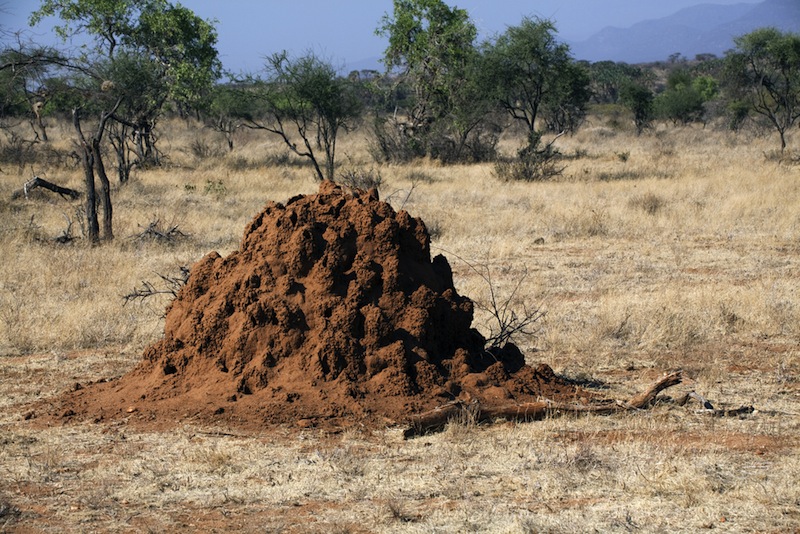Termite Distress Signal: Head-Banging

Head-banging termites send out long-distance distress signals by bashing their noggins into the ground a dozen or so times per second, researchers find.
In the African savanna, termites such as Macrotermes natalensis and related species construct gigantic mounds in which they grow fungus for food like farmers. To defend their homes against predators such as hungry aardvarks, termites need ways to communicate with remote nestmates over long distances.
To find out more about how termites work together, scientists analyzed termites in South Africa. Since these insects are difficult to find outside their colonies, the researchers opened up the mounds at their bases and recorded how soldier termites warned their nestmates of intrusions using high-speed cameras.
"We looked at how a signal is transmitted from the individual into the soil, how much is it attenuated with distance and how fast can it travel physically," researcher Wolfgang Kirchner at Ruhr University Bochum in Germany said in a statement.
The investigators witnessed the soldiers rapidly banging their heads on the ground about 11 times per second, with signals each capable of spreading nearly 15 inches (40 centimeters). Soldiers that received the warning ran to assist their nestmates, while workers retreated. Comparable results were seen with a similar African termite species belonging to the genus Odontotermes.
The soldiers responded to drumming by drumming themselves. This can spread an alarm much the same way soldiers at the Great Wall of China alerted others by using smoke signals during the day and beacon fires at night, thus spreading the signal along the length of the wall.
Kirchner and his colleague Felix Hager detailed their findings Aug. 7 in the Journal of Experimental Biology.
Sign up for the Live Science daily newsletter now
Get the world’s most fascinating discoveries delivered straight to your inbox.
Follow us @livescience, Facebook & Google+. Original article on LiveScience.










